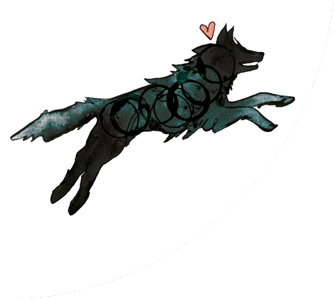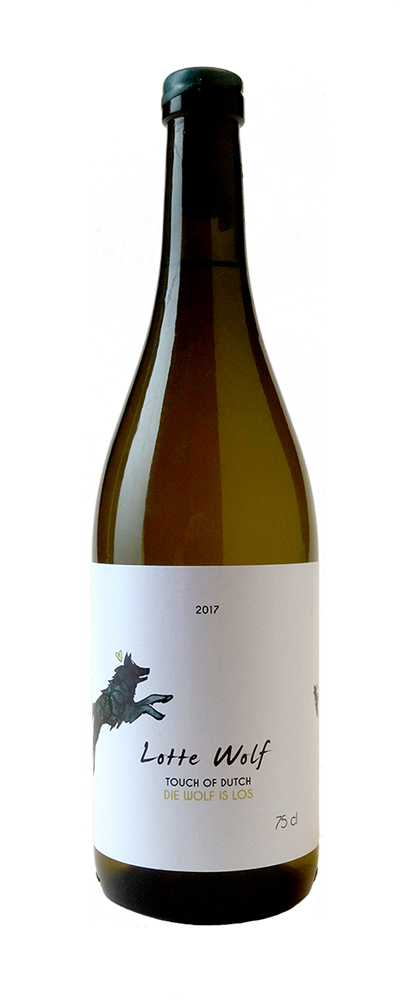| Origin | South Africa, Swartland |
| Grape variety(s) | Chenin Blanco |
| Flavor Type | |
| Alcohol percentage | 12.5% |
| serving temperature | 14 – 16°C |
| Retention period | up to 8 years after harvest |
| availabilty | To be ordered by email only (winewolffoundation@gmail.com) |
The story
After Lotte had kept her wines in wooden barrels for several years, she bought a concrete ‘egg’ in 2017. An investment of € 4,000, which would make the wine taste even better. Lotte was in an exuberant mood about her purchase and in her euphoria she wrote on her egg: ‘Die Wolf is Los’…. And of course that has become the name of this Chenin Blanc, with which the Touch of Dutch collection was expanded in 2017.
The Chenin Blanc is one of the most famous white grapes from South Africa. The grapes for this wine come from Paardeberg Mountain (Swartland), an area just south of Malmesbury. The vines are about 35 years old and the vineyard is not irrigated, so the yield is relatively low, but the taste of the grape is extra intense. Lotte has inaugurated her egg with this Chenin Blanc. Although the egg has a volume of approximately 1,600 litres, Lotte always fondly referred to it as ‘her egg’.
Vineyard
All grapes come from a vineyard on Paardeberg Mountain, south of Malmesbury in Swartland. The vineyard was planted in 1984, all vines are Gobelet pruned (Bush Vines) and the vineyard is not irrigated. From 2014, organic work has been carried out in the vineyards and no chemicals are used anymore. The soil consists of weathered granite and clay. The vineyard is located at an altitude of 280m and has a slope that faces south-west.
Vinification
The date of harvest is determined by the taste of the grapes and not by the amount of sugar (Balling). The grapes are in contact with oxygen for a 100% oxidation before the start of fermentation, increasing the complexity and shelf life of the wine. The grapes are pressed with a “Basket Press”, with a maximum of 0.85 bar, to ensure that the juice is as pure and elegant as possible. After this it went directly into a concrete egg of 1600L for fermentation and raising. While educating, the wines are not crossed. The wines were bottled in May 2018. The wines have not been clarified and filtered before bottling and no SO2 has been added.
Wood education
No wood training.



